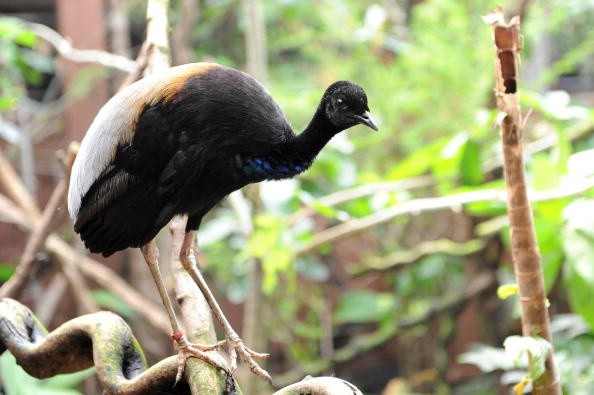New research shows that not only has the number of sensitive resident birds in the Amazon rainforest dropped, but that most analyzed species' body size and wing length have been transformed.

Changes in the Body Size of Amazon Birds
Birds in the Amazon jungle have shrunk in size with their wings longer over generations, perhaps in response to new physiological or nutritional constraints, said Vitek Jirinec an ecologist and the author of the research.
During 40 years of field study in the world's biggest rainforest, Jirinec and his colleagues investigated almost 15,000 individual birds that were collected, measured, weighed, leg banded, and freed.
The statistics show that virtually all of the birds' bodies have shrunk during the 1980s. Most bird species lost 2% of their body weight per decade. The population of a species that weighed about 30 grams in the 1980s currently weighs around 27.6 grams. What does this mean?
"These birds don't vary that much in size. They are fairly fine-tuned, so when everyone in the population is a couple of grams smaller, it's significant," as per co-author and Lee F. Mason Professor of Renewable Natural Resources Philip Stouffer.
The statistical model covers a large region of the rainforest, thus changes in the birds' bodies and wings are not restricted to one community..
This is occurring everywhere, and not just with birds, Stouffer added. Looking out through the window, one would see that circumstances have changed dramatically in the last 40 years, and that plants and animals are adapting to the new surroundings.
Scientists Investigate 77 Species of Amazon Birds
The researchers studied 77 species of rainforest birds from the forest floor to the sunny midstory. The birds who live in the midstory's tallest area, exposed to the most heat and dry circumstances, experienced the greatest change in body weight and wing size.
These birds also fly more than forest-dwelling species. As a result of decreasing their wing stress, these birds have become more energy efficient in flight.
Compared to a glider aircraft with a slender body and long wings, a fighter jet's hefty airframe and short wings demand more energy to fly quickly.
To keep airborne, a bird with a greater wing loading must flap its wings quicker, using more energy and metabolic heat. In a warmer environment, reducing body weight and expanding wing length saves resources while remaining cool.
Reaserch Findings
Ryan Burner (Ph.D. '19) of LSU performed most of the research that disclosed the difference among bird groups over the years. Burner is currently a research wildlife scientist at the USGS Upper Midwest Environmental Sciences Center.
The future ability of Amazonian birds to cope with hotter and drier conditions, particularly during the dry season, is unknown. The same dilemma applies to many locations and animals that exist on the verge of even more severe environmental conditions.
"There may be other researchers in other places who have relevant data from the 1970s and 1980s that could be compared to modern data, because the bird banding protocol we used is pretty standard.
So if you measure mass and wing, maybe there will be more datasets that will emerge and we'll be able to get more of an idea of the variation across space and how it might be changing in different systems," Stouffer said.
Related Article : Birds are Apparently Resilient to Heat Stress Due to Climate Change
For more news, updates about birds and similar topics don't forget to follow Nature World News!
© 2025 NatureWorldNews.com All rights reserved. Do not reproduce without permission.





